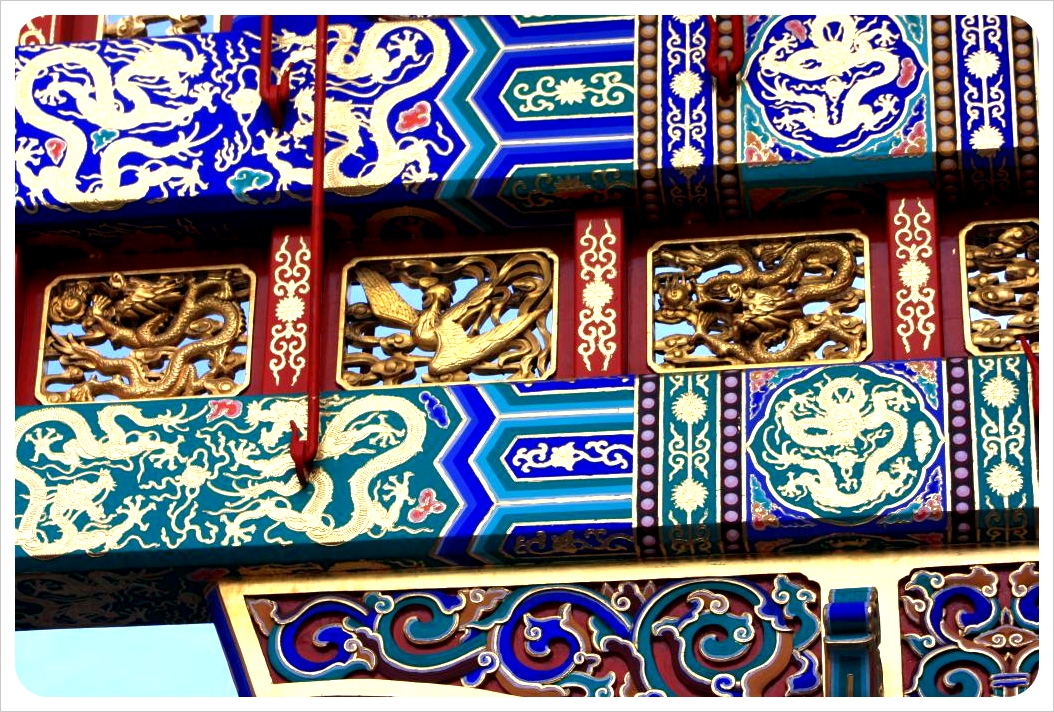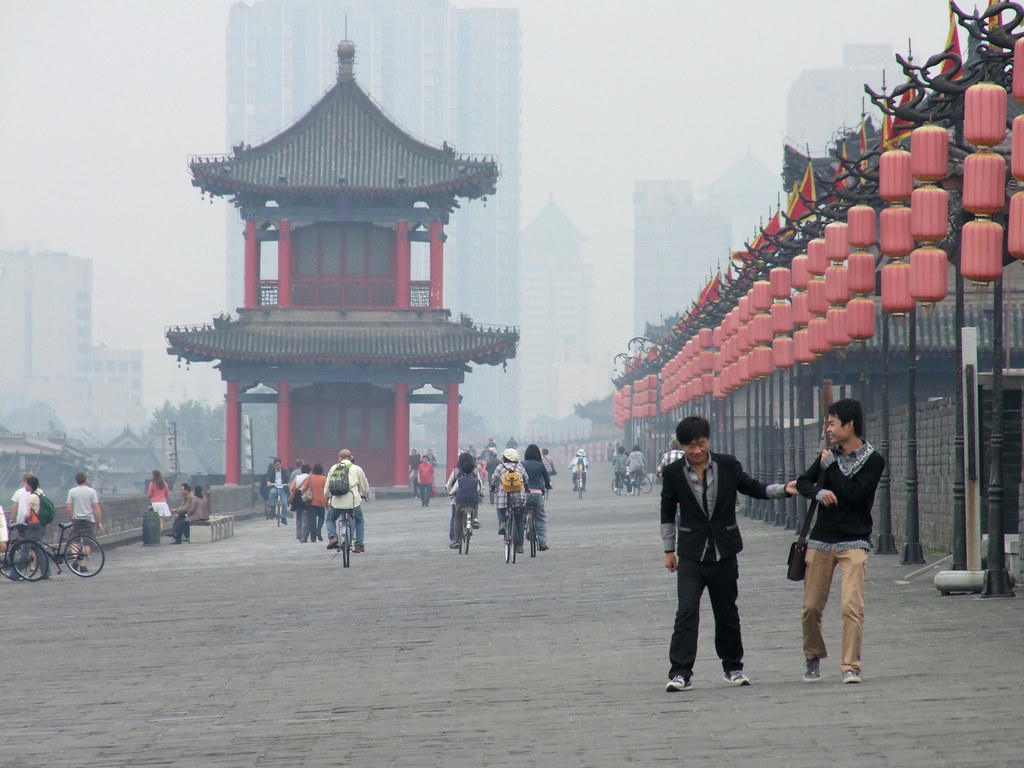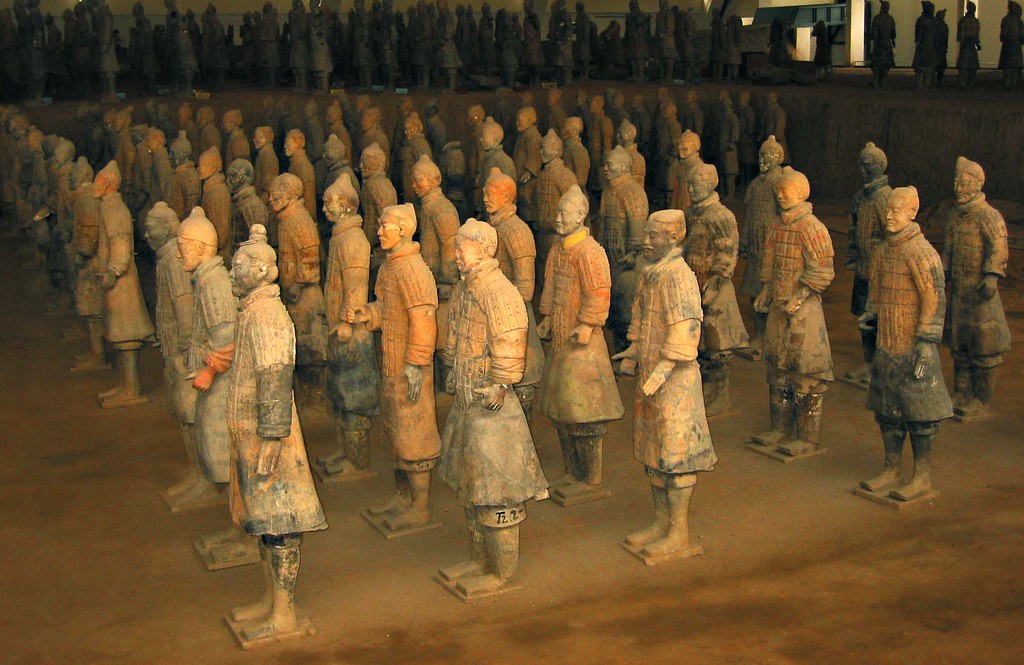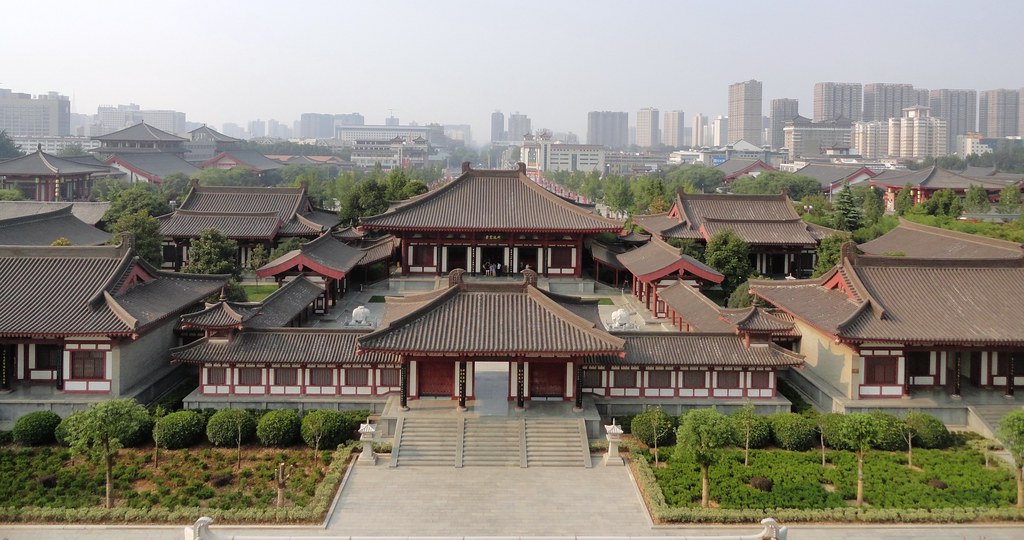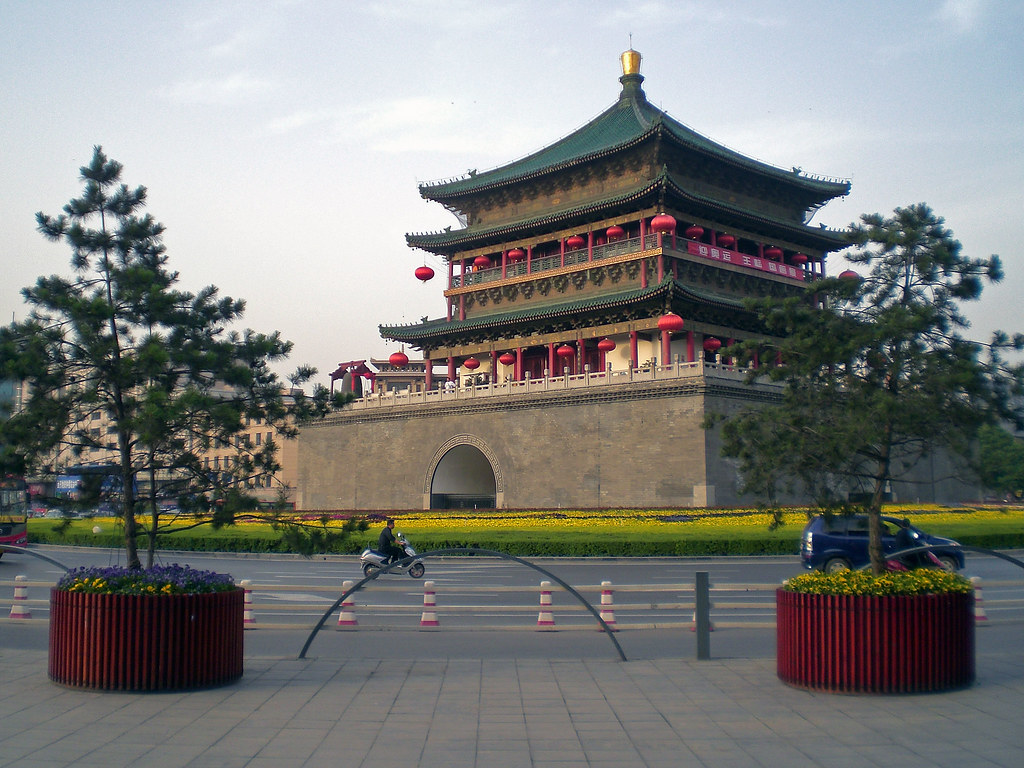Last Updated on October 2, 2023
In our quest to get off the beaten path during our month in Laos at the end of 2011, we traveled all the way up to a small village named Muang Sing, just three miles from the Chinese border. The influence of this mighty neighbor was noticeable throughout the village, with Chinese stores, temples and restaurants. Had we crossed over the border, we would have enjoyed one of the most scenic parts of the country. Unfortunately we didn’t have a visa (which must all be arranged in advance) so all we could do was look out over the hills into China, knowing that we’d go there one day.
There are several places in China though that are high on our wish list for a trip we’ll take there in a few years. One of the cities we’d like to visit in China is Xian, in the northwest of the country. Xian is known as one of the birthplaces of the ancient Chinese civilization and eastern end of the Silk Road. The city is known for its eclectic mix of ancient Chinese history and traditions and the new, modern China.
The main reason for people to visit Xian are the famous Terracotta Warriors, parts of which traveled around the world to be shown in exhibits. The giant army of 2,000 warriors plus 30,000 weapons and 100 chariots attracts 2 million visitors per year and is often referred to as the ‘eight wonder of the world’. The best way to see them is with a Terracotta Warriors Tour, which will tell you all about the history and other trivia about the army.
But there is much more to Xian China than just the Terracotta Warriors. In fact, just a short walk away is Qin Shi Huang’s Mausoleum, another impressive masterpiece. Qin Shi Huang took the throne at the age of 13 and later became the first Emperor of all of China. He had this mausoleum specifically built for him while he was still alive. It took 11 years to finish this giant structure, is bigger than the Great Pyramid in Egypt and is filled with buried treasures and sacrificial objects that had accompanied him throughout his life.
The city walls surrounding and protecting Xian also still entirely in tact, dating back to the period of the first Emperor of the Ming Dynasty (1368 – 1644). At 8.5 miles (13.7km), it is the longest in tact wall in China and one of the largest fortified defense systems in the world. In addition to the historic walls, Xian still has its traditional Bell Tower, a wooden structure built in 1384 to mark the geographical center of the ancient capital. Similar to the city walls, the tower is also the best-preserved and largest Bell Tower in China and stands 118 feet (36 meters).
Another significant historic building is the Dayan Pagoda (also known as Big Wild Goose Pagoda), a holy place for Buddhists.
You could spend weeks exploring the region around Xian, where you find natural treasures such as Mount Huashan, about 75 miles (120 km) from the city. The scenery with its high mountain peaks and steep and narrow paths is also home to multiple important Taoist temples., making it a sacred mountain.
More stunning scenery can be found in the Taiping National Park, famous for its waterfalls and wildflowers, which make for perfect day trips from Xian.
Xian China Travel Details
How to get there: China’s extensive and affordable train network connects Xian with all major cities throughout the country: Beijing (5-13 hours), Wuhan (4-18 hours), Lanzhou (8-10 hours), Shanghai (11-20 hours), Guangzhou (8–24 hours), Chengdu (13-18 hours), Chongqing (14 hours), Kunming (36-53 hours), Lhasa (36 hours), Urumqi (31-56 hours). Travel times vary according to whether it is a fast train or regular train.
There are daily flights to dozens of destinations within China; international flights are available to Bangkok, Singapore, Japan and South Korea. AirAsia even offers low-budget direct flights from Bangkok!
If you are only interested in the Terracotta Warriors, there are even guided Bejing-Xian Tours (via plane), which enable you to see the army in a day trip from Bejing. Xian Tours are available daily, covering all of the city’s main attractions, allowing you to learn about the city’s history, architecture and culture from a local guide.

